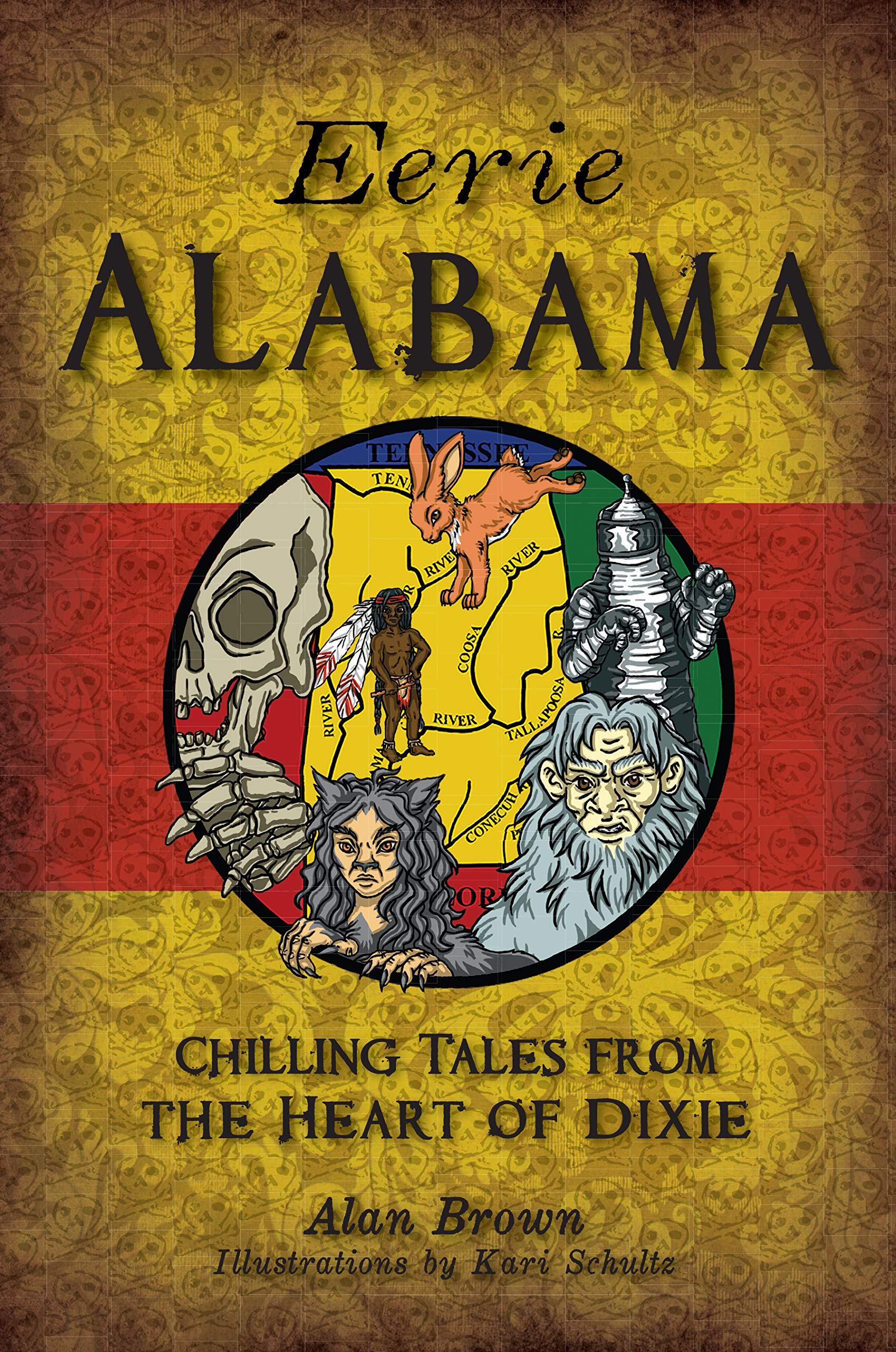Battery Park on the waterfront is one of the most picturesque sites in Charleston. Weary tourists resting in the shade of the stately oaks are surrounded by mementos of Charleston’s past, including cannons, cannon balls, states, antebellum mansions, and a clear view of Fort Sumter. In the 18th and 19th century, Battery Park was known as White Point Gardens, owing to the bleached oyster shells that once blanketed the area. In the early 1700s, White Point Gardens was a low, marshy area that was frequented by pirates. Dozens of pirates were hanged at this spot and left dangling from the oaks as an object lesson to would-be buccaneers. Some residents of Charleston believe that the ghosts of pirates who lie buried beneath the water line are still walking among the oak trees of Battery Park.
In the early 1700s, piracy was a serious problem in and around Charleston. Pirates lurked in the channel, waiting for unsuspecting merchant vessels to pass by as they entered or left the harbor. The Governor of South Carolina, Robert Johnson, reached an end to his patience in May of 1718 when Blackbeard the pirate captured nine merchant ships and kidnapped several prominent citizens. He authorized a military hero named Colonel William Rhett to lead an expedition against the pirates. In August and September, Colonel pursed pirates along South Carolina’s eastern coast. Then on September 27, Colonel Rhett’s forces encountered the Royal James, a pirate ship commanded by a friend of Blackbeard’s, Stede Bonnet. At the time, Bonnet was anchoring at Cape Fear to clean the hull of his ship. Following a fierce five-hour battle, Colonel Rhett defeated the vastly outnumbered pirates and brought Bonnet and his crew back to Charleston on October 3, 1718, to stand trial.
Stede Bonnet, known far and wide as “the gentleman irate,” embarked on a life of crime in the summer of 1717, he claimed, to escape the nagging of his wife. He had been aboard Blackbeard’s ship in May 1718 when he plundered the nine ships outside Charleston. Harbor. Bonnet’s crew awaited trial in the Guard House at the Half-Moon Battery. Because of his reputation as a gentleman was given a room at the house of Marshall Partridge. Bonnet took advantage of his “low-security” confinement and escaped by dressing in women’s clothing. A few days later, Bonnet was apprehended by Colonel Rhett. Bonnet bided his time by writing a letter to the governor, pledging to reform if pardoned, but his plea for clemency was denied. The thirty-four pirates were tried between October 28 and November 12. Judge Nicholas Trot sentenced Bonnet and twenty-nine of his cohorts to death by hanging.
The public hanging took place at White Point Gardens on December 10, 1718. Some people say that Bonnet’s body “danced” at the end of the rope because he did not drop far enough to break his neck. The bodies were left hanging for four days. They were then dumped in the marshes along Vanderhorst Creek. The authorities hoped that the stench from the rotting corpses were be vile enough to deter any other pirate crews who happened to be rowing up Vanderhorst Creek on their way to town.
Many people claim to have encountered the restless spirits of the pirate executed at White Point Gardens. It is said that the ghost of the long-dead pirates walk around the oak trees and scream at passers-by. Local legend has it that if one stands at the foot of Water Street where Vanderhorst Creek once flowed down to the harbor and stares out into the water when the moon is high, he or she can see the pale, bloated faces of pirates floating just below the surface of the water, staring up at the moon. The frequent appearance of the pirates’ ghosts over the centuries could be their way of protesting the sacrilegious way in which their bodies were disposed



Recent Comments